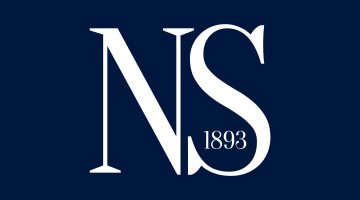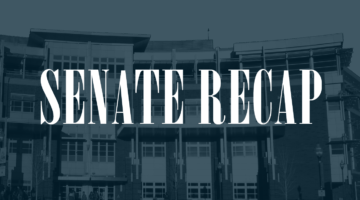
Photo Courtesy of Strix Imaging
Strix Imaging is a local air mapping company that provides clients with standard aerial imaging and mapping services. Maps are made by using an Unmanned Aircraft System.
The Federal Aviation Administration is testing a new system that will allow drone users to receive airspace authorization almost immediately upon request. Under Part 107, the current set of rules for drone users, individuals have to wait betwen 60 to 90 business days before receiving approval to fly their unmanned aircraft over national airspace, such as over airports.
The prototype system will be called the Low Altitude Authorization and Notification Capability and will be tested by agency-approved companies such as AirMap and Skyward.
A standard aerial imaging and mapping service known as the Unmanned Aircraft System will be used by the approved agencies. According to the FAA, UAS allows companies to map the maximum altitude that is acceptable for the drone community. This is where the LAANC steps in and becomes an important aspect of mapping airports where the FAA may authorize drone use under Part 107.
Drones are primarily used commercially, such as for videography, construction, real estate images or infrastructure inspection. In the past, drone users have found it difficult to fly the unmanned aircraft into national airspace because of the prolonged delay which caused more individuals to fly their drones illegally.
Reno will be one of the few cities to test this new system. Strix Imaging is a local air mapping company that provides clients with standard aerial imaging and mapping services by using an Unmanned Aircraft System. Through LAANC, Strix Imaging will be able to use airspace data provided through UAS facility maps.
The FAA has developed a gridded pattern around all national airports that maps the maximum altitude a drone may fly. The farther the drone is flown from national airspace, the higher the altitude. However, a drone is not allowed to fly above 400 feet from the ground.
“Flying drones in town was impractical for most commercial users because of that 60 to 90 day wait time,” George Nichols at Strix Imaging said. “LAANC will not only increase business for commercial drone users, it will likely reduce the amount of illegal flying we see in town. The Reno airport is part of the initial test for LAANC. Hopefully, LAANC in Reno will be a huge success, and spread to other airports in the future.”
According to the FAA, the LAANC will run for a year and a national beta test will be launched shortly after.
“LAANC is a continued step in the right direction for opening up airspace to unmanned operations,” Nichols said. “For firms that use or contract drone services, it will help reduce the costs of projects in the vicinity of the airport.”
The new system prototype will be the first UAS tool that will deliver drone information to air traffic control, the FAA reports. The LAANC will become one of the several steps toward manufacturing an Unmanned Aircraft Systems Traffic Management System (UTM).
“LAANC is in the testing phase and is only in effect at a few airports nationally. We are fortunate that Reno was chosen as one of the test sites for LAANC,” Nichols said. “The introduction of LAANC in Reno, as well as the State UAS test site at Stead Airport, has Nevada at the forefront of integrating this new technology.”
Karolina Rivas can be reached at mpurdue@sagebrush.unr.edu and on Twitter @karolinarrivas.










